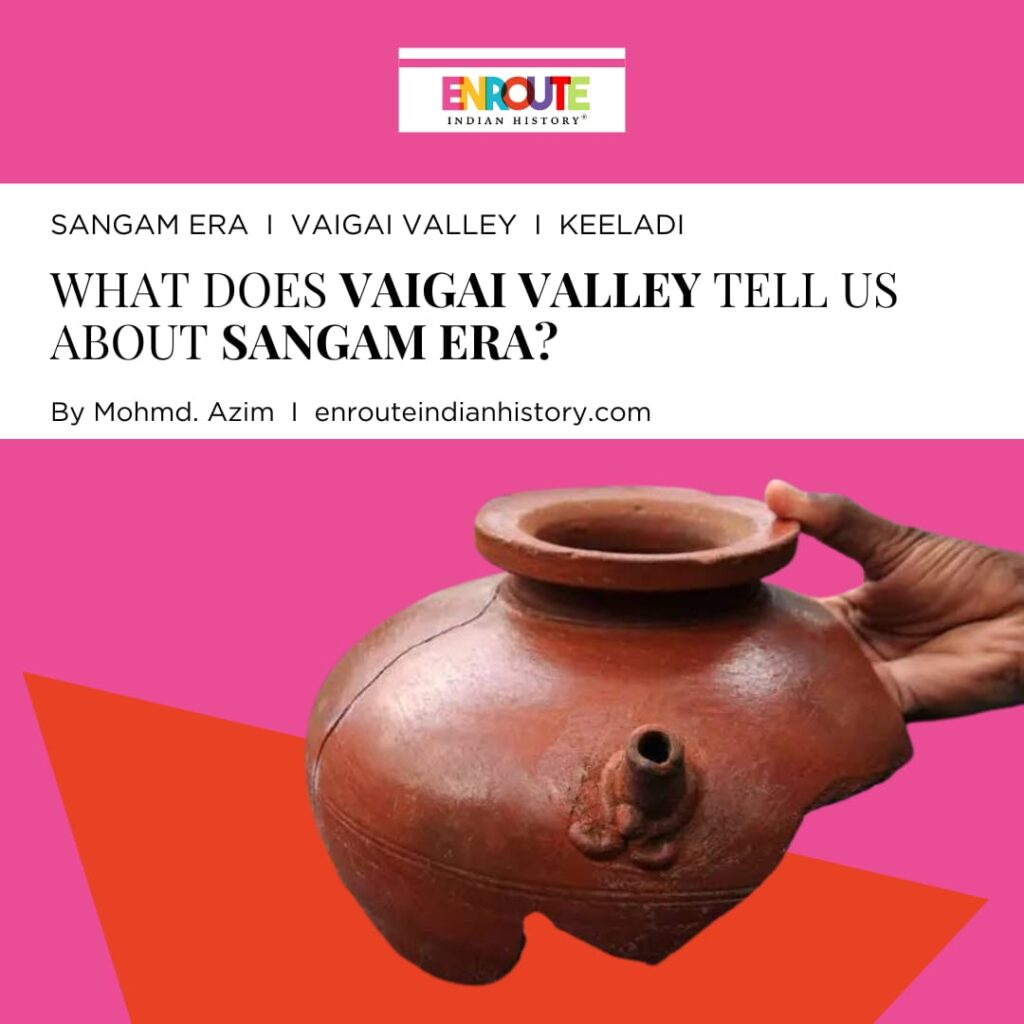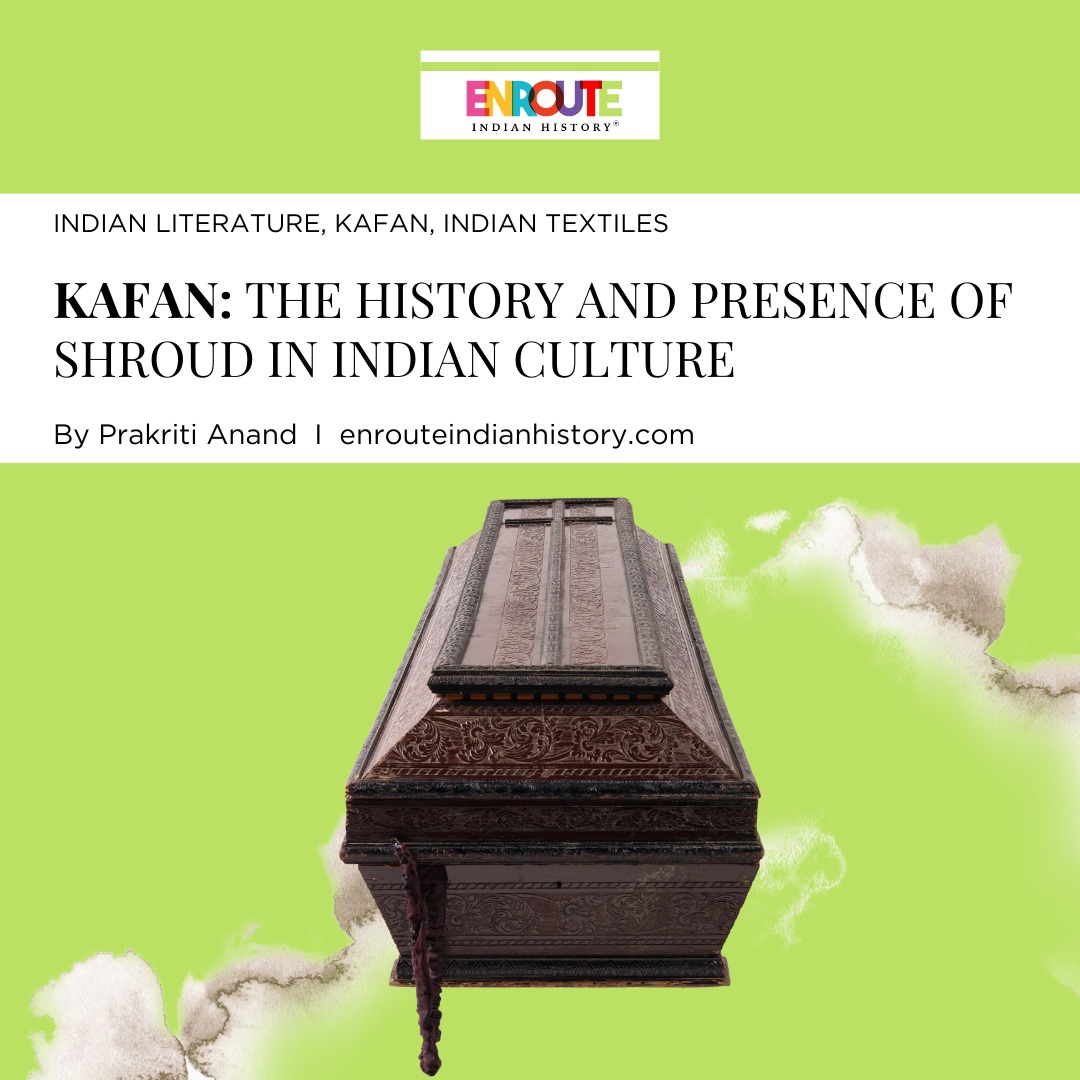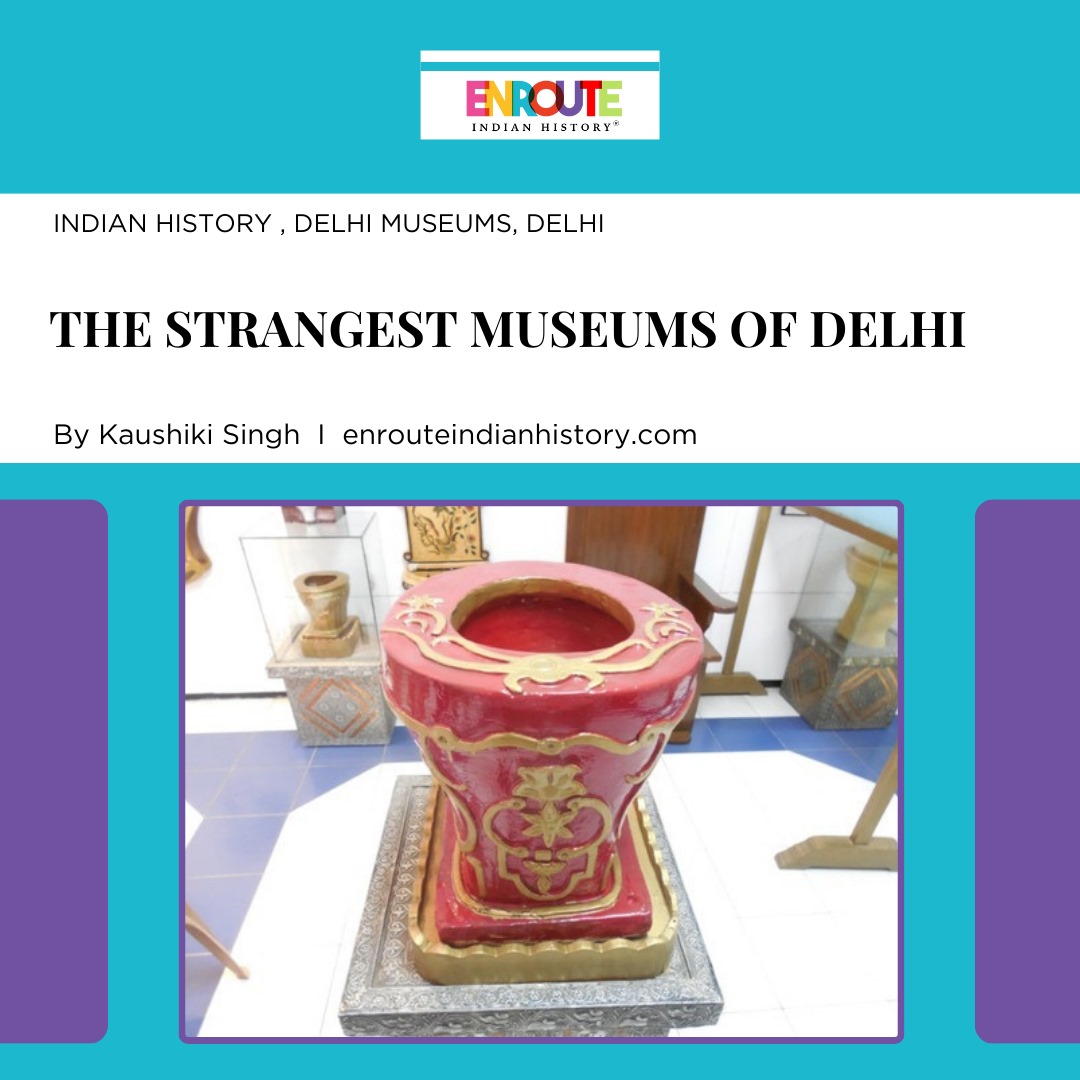What does Vaigai Valley tell us about Sangam Era?
- enrouteI
- December 28, 2023

India, with its rich history and diverse cultures, is home to many special places from the past that tell incredible stories. These places are called archaeological sites, that help us discover how people lived in ancient times. Spread all across the country, these sites hold secrets from different periods, like the Indus Valley or the time of the Sangam era. These places are more than just old buildings; they help us learn about our culture, architecture, and how people used to live. One of them is ‘Keeladi’- a Sangam era site located in Tamil Nadu.

The excavation site at Keeladi
Keeladi is a significant archaeological site from the Sangam period, where extensive excavations are being conducted by the Archaeological Survey of India and the Tamil Nadu State Department of Archaeology. Situated 12 kilometers southeast of Madurai in Tamil Nadu, near the town of Keezhadi in the Sivaganga district, the settlement is positioned along the bank of the Vaigai River. This archaeological endeavor aims to unearth and explore the historical remnants of the ancient culture of Tamil Nadu.
Sangam Era Unveiled
The Sangam Age, spanning from 300 BCE to 300 CE, unfolds a fascinating chapter in South Indian history through its rich tapestry of sites and archaeological evidence. The period is brought to life through the remnants of ancient cities, trade routes, and literary references, providing a glimpse into the socio-economic, cultural, and political dimensions of the time.
One of the key aspects of the Sangam Age is the flourishing maritime trade, evidenced by the presence of well-established port cities. Kaveripattinam, identified as an ancient port mentioned in Sangam literature, serves as a prime example. Excavations in this region have unearthed remnants of a bustling city, including warehouses, quays, and artifacts that testify to extensive trade links with Rome, Greece, and Southeast Asia.
In recent years, the archaeological site of Keeladi in Tamil Nadu has garnered attention for its significant findings related to the Sangam Age. Excavations at Keeladi have revealed a complex urban settlement dating back to the Sangam period. The site boasts well-planned streets, residential areas, and intricate pottery, shedding light on the advanced urban lifestyle of ancient Tamils.
Arikamedu, situated near Puducherry, stands as a testament to the maritime trade connections during the Sangam Age. Excavations at this site have uncovered Roman and Graeco-Roman artifacts, suggesting a thriving trade hub where Roman merchants interacted with the local Tamil populace. The evidence points to a vibrant cultural exchange and economic prosperity.
Hero stones, or Virakkal, found across Tamil Nadu, are stone slabs erected in memory of warriors who sacrificed their lives in battle. These inscriptions provide insights into the martial traditions and social structures of the Sangam period. Additionally, megalithic burial sites scattered throughout the region offer clues about the burial customs and societal practices of ancient Tamils.
Sangam literature itself serves as a valuable archaeological tool. The poems describe landscapes, cities, and cultural practices that can be correlated with physical evidence. For example, the descriptions of the Pandya capital, Madurai, in Sangam poetry align with archaeological findings at sites like Arikamedu and Keezhadi, strengthening the connection between literature and archaeology.
While the architectural legacy of the Sangam Age is not as extensively documented as later periods, some temples and architectural remnants provide glimpses into the artistic expressions of the time. Temples like Tiruvallam and Kudimiyan Malai, though modified over the centuries, offer architectural elements that harken back to the Sangam era.
The Sangam Age comes to life through a careful examination of archaeological sites and evidence. From bustling port cities to urban settlements and megalithic burials, each discovery adds a layer of understanding to the complex tapestry of ancient Tamil civilization. The synergy between literary references and physical remains provides a holistic perspective on the socio-economic and cultural dynamics of the Sangam period, making it a captivating subject for both historians and archaeologists alike.
Treasures of Keeladi: Art, Industry, and Daily Life Unearthed
In the course of eight excavation rounds, including the initial three conducted by the Archaeological Survey of India (ASI), Keeladi has yielded a remarkable collection of over 18,000 artefacts. These unique findings are slated for display in an upcoming museum.

Weighing unit made of crystal quartz found at Keeladi
The unearthing of numerous pottery fragments at the site indicates the presence of a thriving pottery industry, primarily utilizing locally sourced raw materials. Notably, more than 120 potsherds featuring Tamil Brahmi inscriptions have been discovered. Keeladi, in conjunction with other sites in Tamil Nadu boasting a plethora of inscribed potsherds, provides compelling evidence for the enduring usage of the Tamil Brahmi script.

Artefact found at Keeladi
The excavation has also brought to light various implements associated with weaving, such as spindle whorls, copper needles, terracotta seals, and hanging stones used in yarn production. The presence of terracotta spheres and earthen vessels designed for liquid storage suggests the existence of a comprehensive weaving industry encompassing multiple stages. Additionally, remnants of a dyeing industry and a glass bead industry further underscore the diversity of Keeladi’s economic activities.
The cultural affluence of the Keeladi people is vividly portrayed through the discovery of gold ornaments, copper articles, semi-precious stones, shell bangles, ivory bangles, and ivory combs. These artifacts provide a glimpse into the artistic and prosperous lifestyle prevalent in Keeladi.
Moreover, the excavation has unearthed agate and carnelian beads, hinting at trade connections through commercial networks. Intriguingly, the discovery of terracotta and ivory dice, gamesmen, and evidence of hopscotch sheds light on the leisure activities and pastime hobbies of the ancient Keeladi inhabitants.

A cluster of 74 carnelian beads found underneath a offering pot at Keeladi burial site
The ninth phase of excavations at Keeladi in Tiruppuvanam taluk, Sivaganga district, began on April 6, 2023. In the ongoing excavation process, nine quadrants have been explored, leading to the discovery of 183 antiquities. These findings encompass a diverse range, including a gold ornament, finely shaped terracotta animal figurines, terracotta spindle whorls, gamesman, hopcotches, glass beads, antimony rod, copper needle, bone points, and iron nails.
A statement from the Tamil Nadu State Department of Archaeology (TNSDA) highlighted that among the various stratified deposits, charcoal and bone samples were systematically collected for subsequent scientific analysis.
Providing insight into the excavation progress, TNSDA Joint Director R Sivanantham elaborated on the initial stages of the project. The first four quadrants revealed a heavily compacted, rammed mud flood built with a mixture of clay and lime at a depth of approximately 35 cm. The floor, observed to be 3 to 6 cm thick, led to deeper excavations exposing a substantial deposit of potsherds, exceeding thousands in number. These potsherds included black and red ware, red slipped ware, red ware, perforated ware, white painted ware, russet-coated ware, and rouletted ware. Notably, beneath the floor, the analysis of these potsherds unveiled numerous graffiti marks, featuring fish, ladder, geometric, and non-geometric symbols.
Additionally, the TNSDA reported findings from the fourth phase of excavations at Kondagai. A 10 * 10 trench excavation revealed a total of 17 urn burials across three different strata, contributing to the archaeological understanding of the site.
Keeladi is an important place from ancient times in Tamil Nadu. People are digging and finding cool things there. They discovered an old city with organized streets and many items like pots and jewelry. These findings tell us about how people lived long ago. Keeladi is like a treasure chest, helping us learn more about the old days in Tamil Nadu. As they keep digging, we’re finding even more exciting stuff, making Keeladi a special part of our history.
References –
Kumar, B. Aravind. Explained | the Significance of the Findings in Keeladi. 23 Feb. 2023, www.thehindu.com/news/national/tamil-nadu/explained-the-significance-of-the-findings-in-keeladi/article66541961.ece/amp.
Roychowdhury, Adrija. “Keeladi — a Tiny Tamil Nadu Village That Shot to Fame With Sangam-era Artefacts.” The Indian Express, 24 June 2023, indianexpress.com/article/india/keeladi-tamil-nadu-village-sangam-era-artefacts-8666855/lite.
Janardhanan, Arun. “New Find at Tamil Nadu’s Keeladi: Archaeologists Discover Crystal Quartz Weighing Unit.” The Indian Express, 10 Aug. 2023, indianexpress.com/article/india/new-find-at-tamil-nadus-keeladi-archaeologists-discover-crystal-quartz-weighing-unit-8885051/lite.
Image References
https://keezhadiandindusvalleycivilization.com/keezhadi/
- March 27, 2024
- 7 Min Read
- March 20, 2024
- 15 Min Read


























